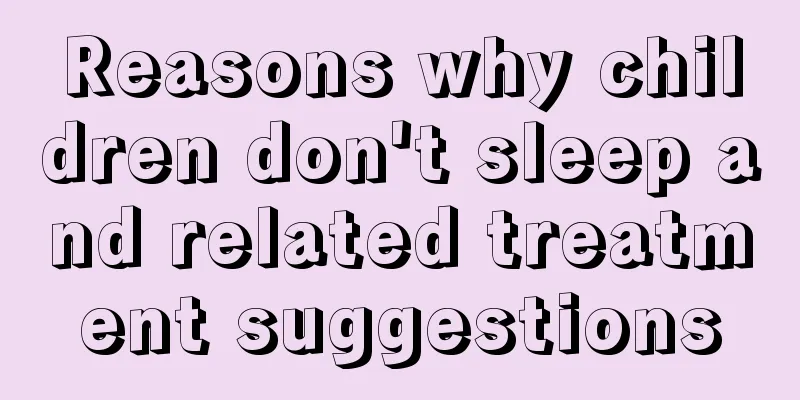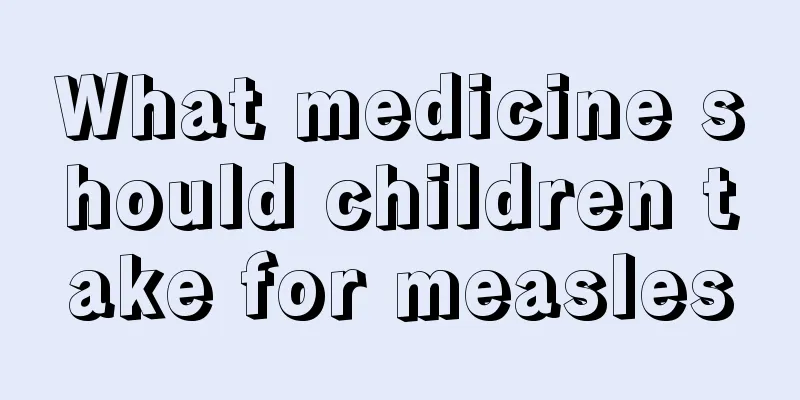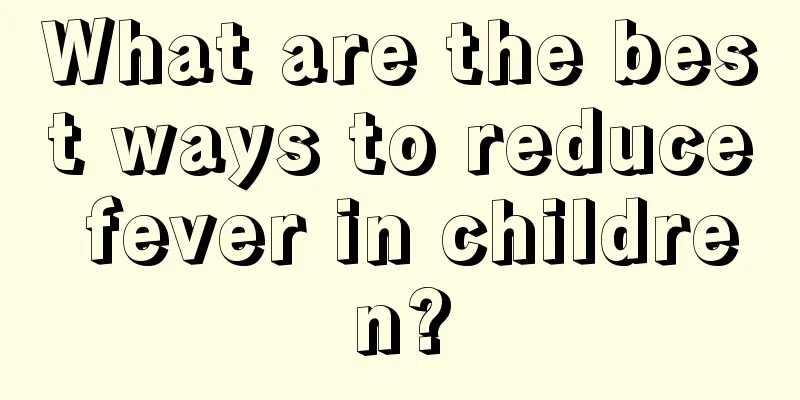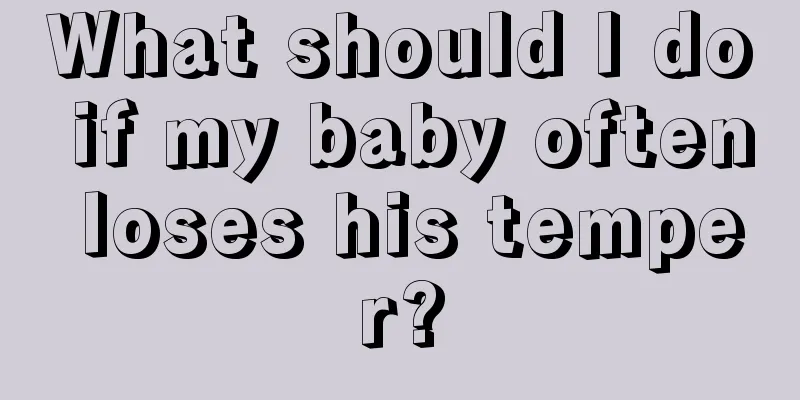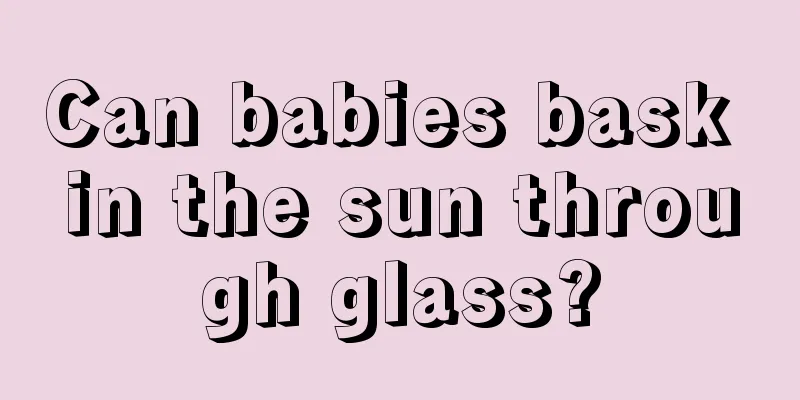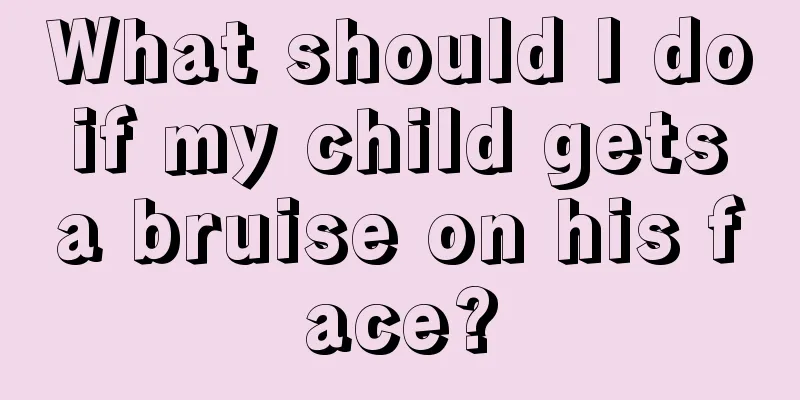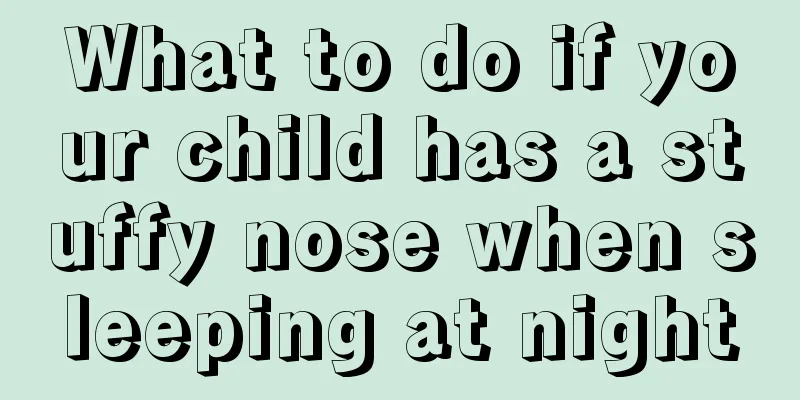Causes of cold hands in children with fever
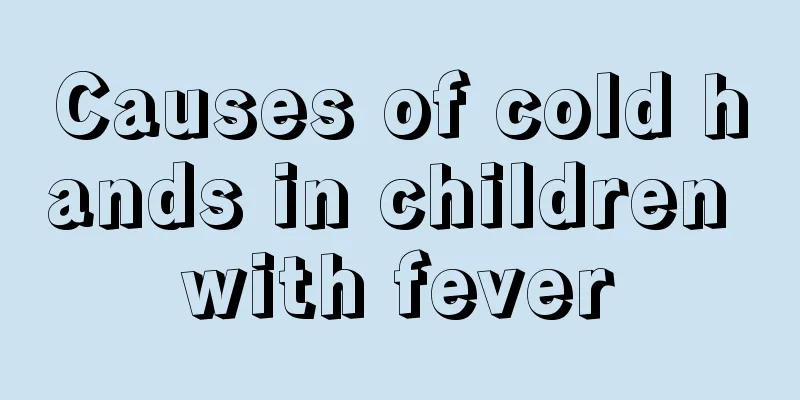
|
A baby needs to go through many things during his growth. The biggest headache for parents is their children getting sick, and fever is one of the more troublesome ones. When some young children have cold hands when they have a fever, parents will feel very helpless, but what can they do? Experts say that this kind of fever is actually a false cold and real heat. In this case, do not rush to use antipyretics. Read on for specific instructions. I hope everyone can understand this. Fever refers to a body temperature that exceeds the upper limit of the normal range and is a very common symptom in children. The normal axillary temperature of a child is 36-37℃ (the temperature measured by a rectal thermometer is about 0.3℃ higher than that measured by an oral thermometer, and the temperature measured by an oral thermometer is about 0.4℃ higher than that measured by an axillary thermometer). If the axillary temperature exceeds 37.4℃, it can be considered as a fever. In most cases, fever is a protective response of the body to fight invading pathogens, and it is a process in which the human body mobilizes the immune system to fight infection. The phenomenon of babies having fever and cold hands and feet is often seen in clinical practice. This is a false cold and real heat phenomenon. Although the child's hands and feet are cold, his internal organs are in a hot state. This is especially common in infants under 3 years old. The reasons why babies have fever and cold hands and feet are as follows: Children's limbs contain less blood than their internal organs, and the blood supply to their limbs is insufficient, so they are more likely to feel cold than adults. In addition, the development of children's nervous system is not yet complete, and the autonomic nervous system responsible for managing vasodilation and contraction is prone to disorder, resulting in the small blood vessels at the ends of the limbs being in a spasmodic contraction state and becoming cold when high fever first occurs. Many parents do not understand this situation. Once they find their baby's limbs are cold, they mistakenly think that the baby has caught a cold and is afraid of the cold, so they immediately wrap the baby tightly. As a result, the baby's body temperature cannot be dissipated in time and keeps rising, and even high fever and convulsions occur. In fact, it is very normal for children to have a fever. Parents should treat it rationally and not blindly give the baby medicine or suffocate the baby. If the baby has other discomfort, it is recommended to see a doctor to see if there is any inflammation or something, and take the medicine prescribed by the doctor according to the doctor's instructions. What should you do when a child has a fever and cold hands? I believe that after reading the above article, you all know what to do specifically. At this time, you need to stay calm and not be too anxious. In addition, we need to note that when a child has a fever, the first thing to do should be physical cooling rather than taking medicine indiscriminately, because medicines have side effects after all. |
<<: Is it harmful for children to have a fever?
>>: What to do if your child has a fever and convulsions
Recommend
Why do young children walk on tiptoes?
After the baby is born, as the baby's age inc...
The child occasionally complains of chest pain
In our lives, there are many children who often c...
Why does the baby always suck his upper lip?
There will be various changes in the baby's g...
Are children's vision correctors useful?
Children's vision correctors have certain the...
What are the sequelae of lumbar puncture in children?
The so-called lumbar puncture actually refers to ...
Treatment of facial paralysis in children
Facial paralysis is a disease that is difficult t...
Symptoms and diagnosis of mesenteric lymphadenopathy in children
Do you know what is the cause of children's m...
What to do if your child keeps coughing
Cough is a disease we often encounter. Cough affe...
How tall is a 16 month old baby?
After a child is born, many issues concern adults...
What are the adverse reactions to hand, foot and mouth disease vaccination?
In the past few years, large-scale outbreaks of h...
Can I get vaccinated if I have physiological diarrhea?
Many people know about vaccines. Many diseases in...
The baby is limping but it doesn't hurt
In life, there are always some parents who find t...
Why do babies have hot hands and feet?
There are often many reasons why babies' palm...
Can children eat Lingzhi?
Ganoderma lucidum is a very precious Chinese medi...
What should I do if my baby’s stool is dark yellow?
It is quite common for babies to have dark yellow...

